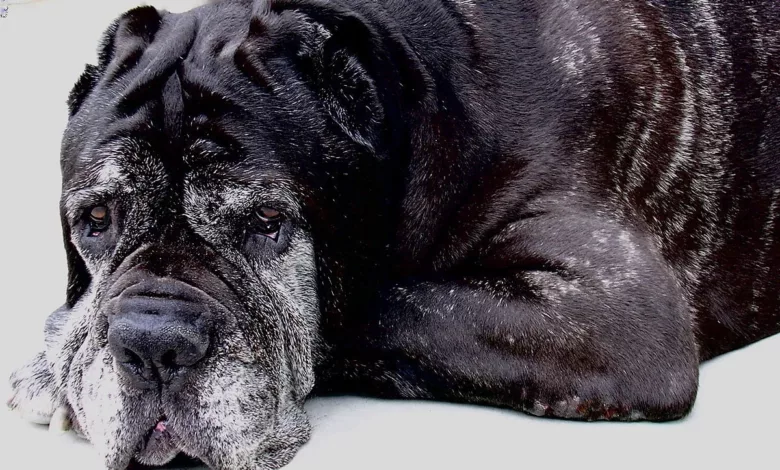Caring for Aging Pets can be Emotionally and Physically Taxing

Pets age faster than people, so it’s important to be realistic regarding the demands of pet ownership as both you and your pet age. When pets get older, they may have trouble seeing or hearing, or they may require help going up and down stairs. If you’re having trouble with balance, frailty or are fearful of falling yourself, it will be difficult for you to physically care for a dog (particularly a larger dog) that is having his own mobility issues.
Caring for an aging animal can take an emotional toll as well. In a survey of 600 pet owners, there was greater burden, stress and symptoms of depression and anxiety, as well as poorer quality of life, in owners of pets with chronic or terminal disease.5 However, this was true regardless of age, and while it’s difficult to face end-of-life issues with your pet, most pet owners would agree that it’s a sacrifice they’ll gladly make in exchange for the years of happiness their pet created.
It’s important to put a plan into place to provide care for your pet in the event you become unable to, however understand that providing appropriate environmental enrichment for older dogs can stave off some of the cognitive dysfunction that sometimes occurs with age.6 Examples include:7
- Provide food toys and puzzles for mental stimulation
- Hide bits of food outdoors so your pet can search for them
- Take your dog on walks to provide physical exercise and a new sensory experience
- Provide a safe space for cats to spend time outdoors and provide a vertical space indoors to encourage activity
- Teach your dog new tricks and encourage active playtime; if your dog needs a bit of a push in his learning, positive reinforcement behavior training — involving lots of healthy treats and praise — can also work wonders in teaching your senior dog some new (or old) tricks






